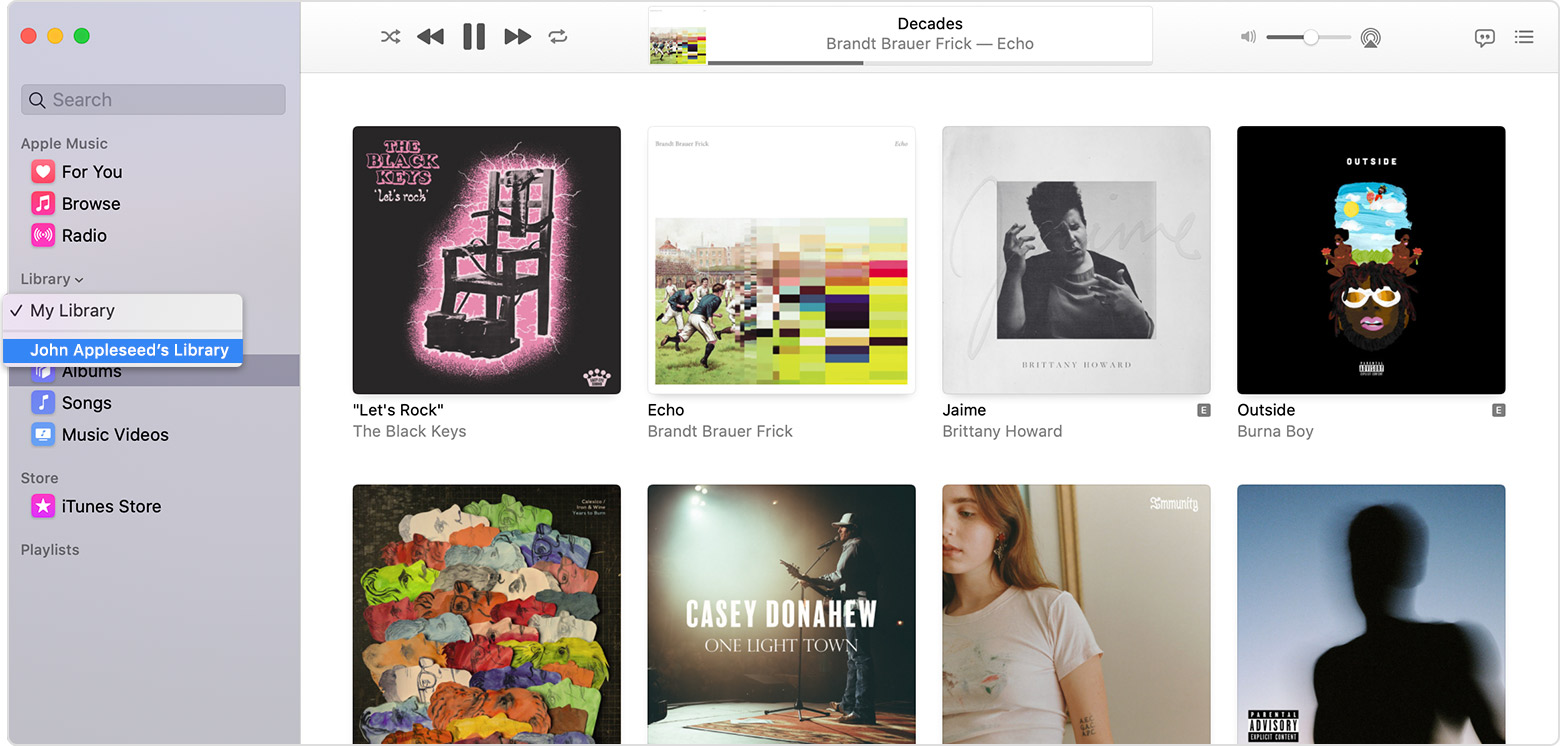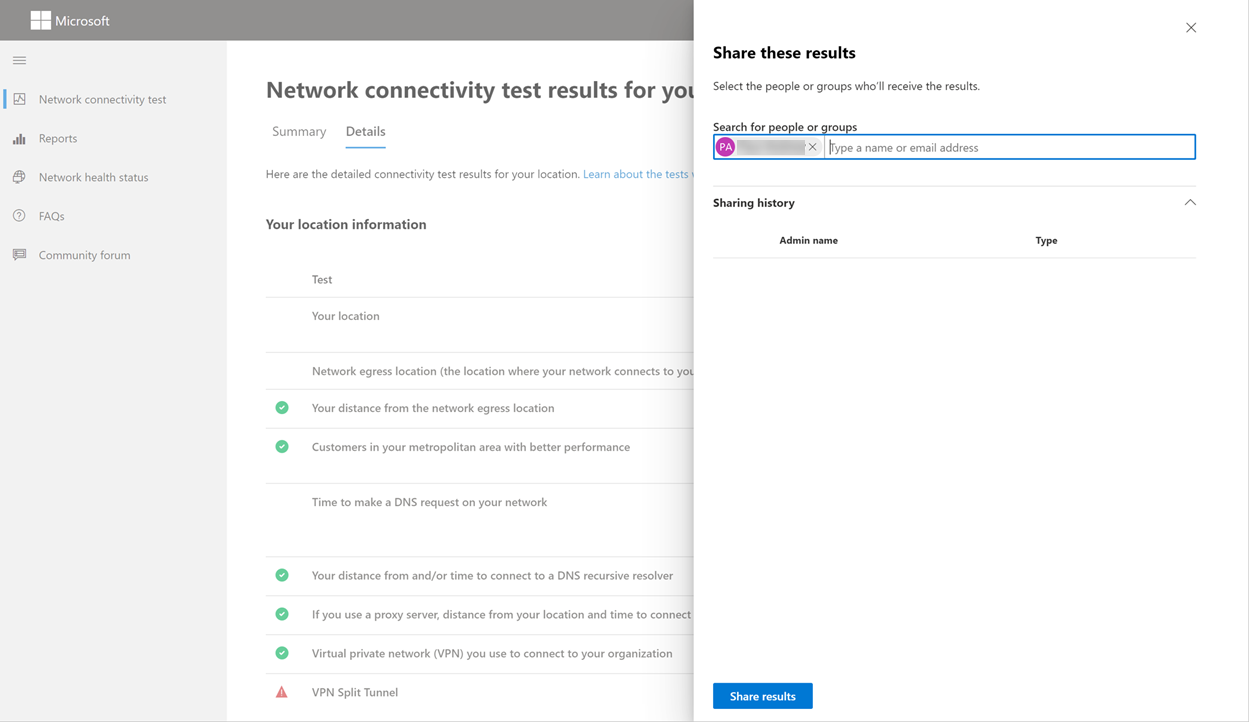| OSI model by layer |
|---|
|
|
| Internet protocol suite |
|---|
| Application layer |
| Transport layer |
| Internet layer |
|
| Link layer |
|
Free archiver mac. In IEEE 802 LAN/MAN standards, the medium access control (MAC, also called media access control) sublayer is the layer that controls the hardware responsible for interaction with the wired, optical or wireless transmission medium. The MAC sublayer and the logical link control (LLC) sublayer together make up the data link layer. Within the data link layer, the LLC provides flow control and multiplexing for the logical link (i.e. EtherType, 802.1Q VLAN tag etc), while the MAC provides flow control and multiplexing for the transmission medium.
These two sublayers together correspond to layer 2 of the OSI model. For compatibility reasons, LLC is optional for implementations of IEEE 802.3 (the frames are then 'raw'), but compulsory for implementations of other IEEE 802 physical layer standards. Within the hierarchy of the OSI model and IEEE 802 standards, the MAC sublayer provides a control abstraction of the physical layer such that the complexities of physical link control are invisible to the LLC and upper layers of the network stack. Thus any LLC sublayer (and higher layers) may be used with any MAC. In turn, the medium access control block is formally connected to the PHY via a media-independent interface. Although the MAC block is today typically integrated with the PHY within the same device package, historically any MAC could be used with any PHY, independent of the transmission medium.
When sending data to another device on the network, the MAC sublayer encapsulates higher-level frames into frames appropriate for the transmission medium (i.e. the MAC adds a syncword preamble and also padding if necessary), adds a frame check sequence to identify transmission errors, and then forwards the data to the physical layer as soon as the appropriate channel access method permits it. For topologies with a collision domain (bus, ring, mesh, point-to-multipoint topologies), controlling when data is sent and when to wait is necessary to avoid collisions. Additionally, the MAC is also responsible for compensating for collisions by initiating retransmission if a jam signal is detected. When receiving data from the physical layer, the MAC block ensures data integrity by verifying the sender's frame check sequences, and strips off the sender's preamble and padding before passing the data up to the higher layers.
- One of the best features on the iPhone has always been Home Sharing, which lets you use your iPhone to stream music, movies, TV shows, and other media content from the iTunes library on your Mac or PC. IOS 8 introduces a new kind of sharing called Family Sharing, which lets you share purchases from.
- These include USB storage you can wirelessly access at home, free software to easily backup your PC or Mac, wirelessly printing from any PC or Mac and the ability to play, view, listen to, and share your videos, photos, and music on DNLA connected TVs, game consoles, or media players. SHARE - Store, secure, and share your family’s files.
| Multiplexing |
|---|
| Analog modulation |
| Related topics |
Functions performed in the MAC sublayer[edit]
On your Mac, choose Apple menu System Preferences, then click Sharing.
According to IEEE Std 802-2001 section 6.2.3 'MAC sublayer', the primary functions performed by the MAC layer are:[1]
- Frame delimiting and recognition
- Addressing of destination stations (both as individual stations and as groups of stations)
- Conveyance of source-station addressing information
- Transparent data transfer of LLC PDUs, or of equivalent information in the Ethernet sublayer
- Protection against errors, generally by means of generating and checking frame check sequences
- Control of access to the physical transmission medium
In the case of Ethernet, according to 802.3-2002 section 4.1.4, the functions required of a MAC are:[2]
- receive/transmit normal frames
- half-duplex retransmission and backoff functions
- append/check FCS (frame check sequence)
- interframe gap enforcement
- discard malformed frames
- prepend(tx)/remove(rx) preamble, SFD (start frame delimiter), and padding
- half-duplex compatibility: append(tx)/remove(rx) MAC address
Addressing mechanism[edit]
The local network addresses used in IEEE 802 networks and FDDI networks are called media access control addresses; they are based on the addressing scheme that was used in early Ethernet implementations. A MAC address is intended as a unique serial number. MAC addresses are typically assigned to network interface hardware at the time of manufacture. The most significant part of the address identifies the manufacturer, who assigns the remainder of the address, thus provide a potentially unique address. This makes it possible for frames to be delivered on a network link that interconnects hosts by some combination of repeaters, hubs, bridges and switches, but not by network layerrouters. Thus, for example, when an IP packet reaches its destination (sub)network, the destination IP address (a layer 3 or network layer concept) is resolved with the Address Resolution Protocol for IPv4, or by Neighbor Discovery Protocol (IPv6) into the MAC address (a layer 2 concept) of the destination host.
Examples of physical networks are Ethernet networks and Wi-Fi networks, both of which are IEEE 802 networks and use IEEE 802 48-bit MAC addresses.
A MAC layer is not required in full-duplexpoint-to-point communication, but address fields are included in some point-to-point protocols for compatibility reasons.
Channel access control mechanism[edit]
The channel access control mechanisms provided by the MAC layer are also known as a multiple access method. This makes it possible for several stations connected to the same physical medium to share it. Examples of shared physical media are bus networks, ring networks, hub networks, wireless networks and half-duplex point-to-point links. The multiple access method may detect or avoid data packet collisions if a packet mode contention based channel access method is used, or reserve resources to establish a logical channel if a circuit-switched or channelization-based channel access method is used. The channel access control mechanism relies on a physical layer multiplex scheme.
The most widespread multiple access method is the contention-based CSMA/CD used in Ethernet networks. This mechanism is only utilized within a network collision domain, for example an Ethernet bus network or a hub-based star topology network. An Ethernet network may be divided into several collision domains, interconnected by bridges and switches.
A multiple access method is not required in a switched full-duplex network, such as today's switched Ethernet networks, but is often available in the equipment for compatibility reasons.
Channel access control mechanism for concurrent transmission[edit]
Use of directional antennas and millimeter-wave communication in a wireless personal area network increases the probability of concurrent scheduling of non‐interfering transmissions in a localized area, which results in an immense increase in network throughput. However, the optimum scheduling of concurrent transmission is an NP-hard problem.[3]
Cellular networks[edit]

Cellular networks, such as GSM, UMTS or LTE networks, also use a MAC layer. The MAC protocol in cellular networks is designed to maximize the utilization of the expensive licensed spectrum.[4] The air interface of a cellular network is at layers 1 and 2 of the OSI model; at layer 2, it is divided into multiple protocol layers. In UMTS and LTE, those protocols are the Packet Data Convergence Protocol (PDCP), the Radio Link Control (RLC) protocol, and the MAC protocol. The base station has absolute control over the air interface and schedules the downlink access as well as the uplink access of all devices. The MAC protocol is specified by 3GPP in TS 25.321[5] for UMTS, TS 36.321[6] for LTE and TS 38.321[7] for 5G New Radio (NR).
See also[edit]
- MACsec (IEEE 802.1AE)
References[edit]
- ^'IEEE 802-2001 (R2007) IEEE Standard for Local and Metropolitan Area Networks: Overview and Architecture'(PDF). IEEE.
- ^'IEEE 802.3'. IEEE.
- ^Bilal, Muhammad; et al. (2014). 'Time‐Slotted Scheduling Schemes for Multi‐hop Concurrent Transmission in WPANs with Directional Antenna'. ETRI Journal. 36 (3): 374–384. arXiv:1801.06018. doi:10.4218/etrij.14.0113.0703.
- ^Guowang Miao; Jens Zander; Ki Won Sung; Ben Slimane (2016). Fundamentals of Mobile Data Networks. Cambridge University Press. ISBN978-1107143210.
- ^3GPP TS 25.321 Medium Access Control (MAC) protocol specification
- ^3GPP TS 36.321 Evolved Universal Terrestrial Radio Access (E-UTRA); Medium Access Control (MAC) protocol specification
- ^3GPP TS 38.321 NR; Medium Access Control (MAC) protocol specification
- This article is based on material taken from the Free On-line Dictionary of Computing prior to 1 November 2008 and incorporated under the 'relicensing' terms of the GFDL, version 1.3 or later.
A share menu plays a vital role in any operating system. If it’s broken or inconsistent (Hey Android, looking at you), then it takes away the experience of using the device. After all, the Share menu is one of your most-used interfaces on mobile and desktop. As for macOS, Apple offers a standard Share menu to send stuff. It also lets you customize the share menu based on your preference and needs.
Some may wonder why anyone would need to edit the Share menu on Mac? Well, using a custom share menu across the OS, you can make sure that you enjoy a consistent sharing experience. And unlike iOS, Apple is flexible in letting you modify such details on Mac.
In this post, we will explain how to edit the share menu on Mac, how it works on different apps, and how to add third-party apps on the share menu on Mac. Let’s get started.
Also on Guiding Tech
Top 7 Useful macOS Apps to Optimize Your Mac
Read MoreEdit Share Menu on Mac
The standard share menu on Mac comes with first-party apps integration such as Reminders, Apple Notes, Mail, and Airdrop. But if you are like me and using Mail, Reminders, Apple Notes alternatives on Mac, then the default options won’t work for you.
In such cases, you need to lower down the default options from the sharing menu and put your preferred ones at the top. Follow the steps below to make changes.
Step 1: Tap on the Apple logo at the upper left corner.
Step 2: Go to System Preferences.
Step 3: Navigate to Extensions.
Mac Media Phoenix
Step 4: Scroll to Share Menu, and you will see all the relevant options on the right side.
Step 5: Disable the ones that you no longer need. You can also use drag and drop to move your preferable sharing extensions at the top.
From now on, whenever you try to share a file on Mac, you will see your custom share menu.
Any change you make to this menu is applied right away, and it’s applied for all files. Normally, the share menu will only show you relevant options that apply to a file. For example, the Add to Reading List option won’t appear when you right-click on an image, so you don’t have to worry about the share menu being crowded.
The options that appear on the Extensions preference are for apps that support the share menu on macOS. If an app doesn’t support the share menu, you cannot force it to appear in this list. You will need to request the developer to consider adding macOS share menu support in the future update.
As for the stock apps and their sharing options, there’s no way to force them out either. They’re all mostly apps that you cannot uninstall from macOS, e.g., the Messages app, so they will appear in the share menu, whether you like it or not.
Also on Guiding Tech
7 Best Mac Apps to Stay Organized
 Read More
Read MoreQuickly Access Share Menu
If you don’t want to go a lengthy process to edit the share menu on Mac then you can always take a shortcut and quickly access the menu.
Open Finder and select any file. Right-click on it and select Share. Scroll down to More, and it will directly open the Share extension menu in the system preferences.
I Don’t See Third-Party App in Share Menu
You can’t access social media apps from the share menu on Mac. However, you can easily place note-taking apps in the sharing menu. If you don't see them in the Share extension screen, follow the trick below to add OneNote and Evernote's likes to the sharing list.

Step 1: Tap on the Apple logo at the upper left corner.
Step 2: Go to System Preferences.
Step 3: Navigate to Extensions > Added Extensions.
Step 4: Enable Share Menu extension for third-party apps.
You will now see them in the Share Extension menu and easily access the preferred app from the Share menu.
Heroes might and magic 2 for mac. Memory: 3 GB RAM. Graphics: nVidia GeForce 9800GT or AMD Radeon HD3870 (512MB VRAM with Shader Model 5.0). Processor: Intel Core2 Duo E6600 @ 2.4 GHz or AMD Athlon64 X2 5600+ @ 2.8 Ghz. DirectX: Version 10.
Limitations With the Current Share Menu
The macOS share menu used to be a flexible solution and a central hub for all social network sharing needs such as Facebook, Twitter, and LinkedIn. However, starting with macOS Mojave, Apple has put brakes on social integration in the share menu.
The company states security reasons behind the decision to limit social apps from the macOS share menu. As of macOS Mojave and newer OS, Apple has stripped out Facebook and Twitter integration entirely. Even if you install Tweetbot or Tweetdeck (from the App Store), you still won't find entries for those official apps. So how do you easily share with your social networks?
You will have to go to the usual route to share stuff from Mac File manager to social media. Open the app and go to the compose option. Add media from the following menu.
Also on Guiding Tech
#macos
Click here to see our macos articles pageShare Files on the Go
Using the trick above, you can easily customize the Share menu on Mac based on your preference. However, keep in mind that it won’t work with Facebook or Twitter or other third-party social media apps. We hope Apple revised the decision soon. Which apps you frequently use from the Share menu? Share your usage in the comments section below.
Next up:Mac's Dock is more than a standard menu bar at the bottom in macOS. Read the post to learn how to customize Dock on Mac.
Share Media For Macbook Pro

The above article may contain affiliate links which help support Guiding Tech. However, it does not affect our editorial integrity. The content remains unbiased and authentic.Read NextA Complete Guide to Customizing Dock on MacAlso See
Media Share For Mac
#productivity #macbookDid You Know
Thunderbolt 3 is a data and video transfer protocol and is developed by Intel.